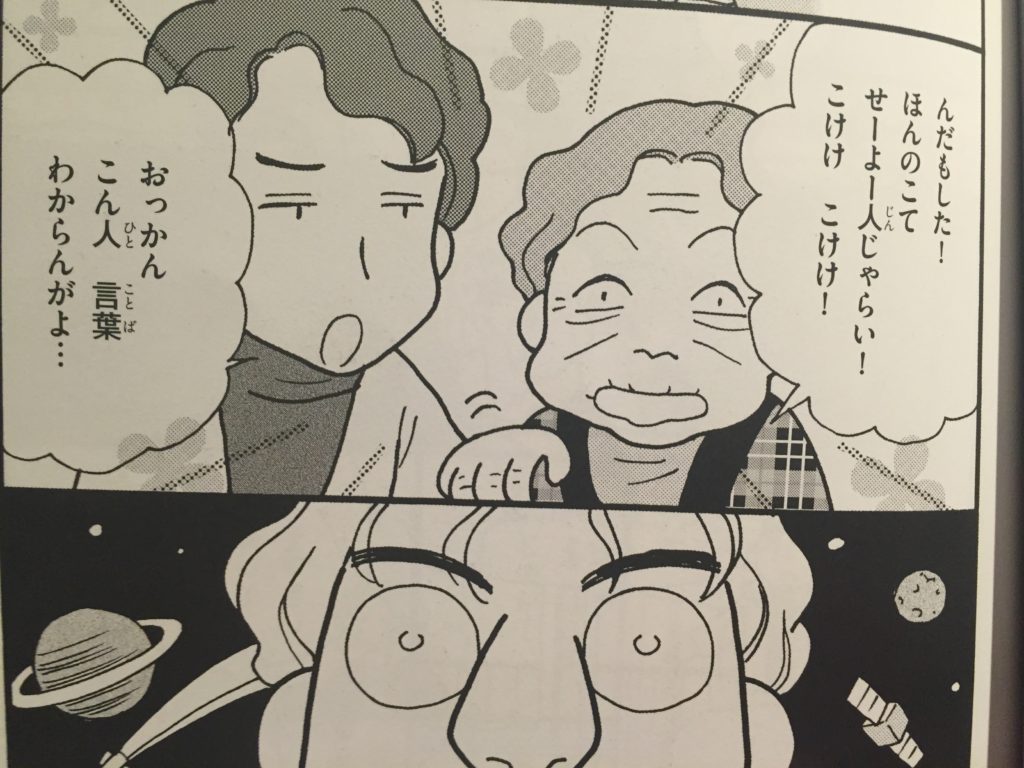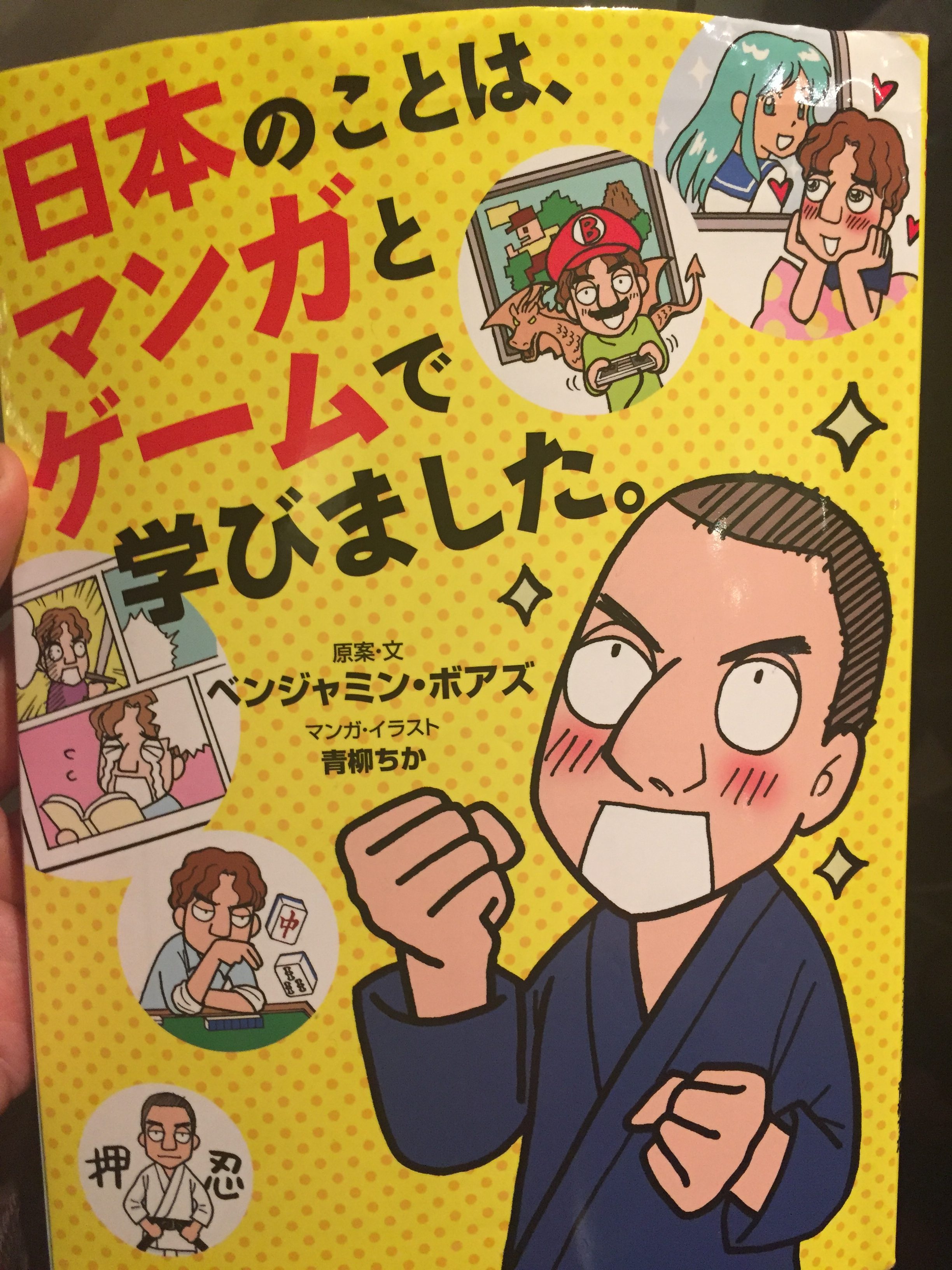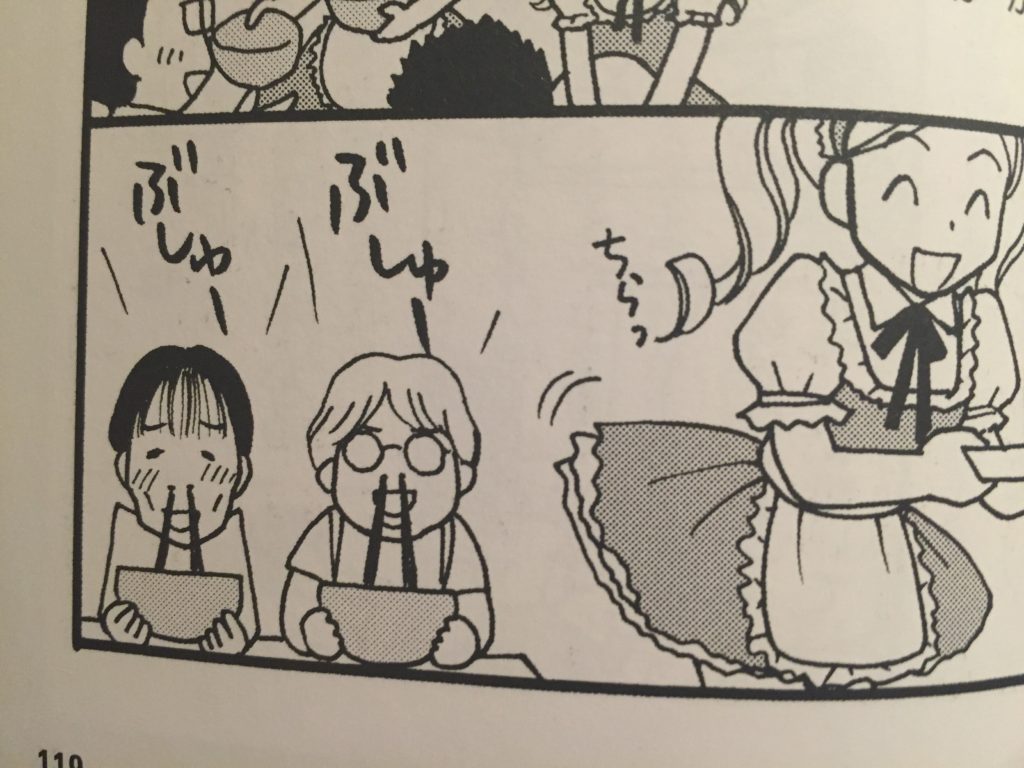While some Gaijin living in Japan develop their niche through obscure and unpredictable events such as getting hired to work for a Japanese newspaper covering crime stories, there’s an equal amount of people who get inspired by the more traditional pop culture of Japan in the form of games and manga.
Benjamin Boas is a former Brown University student who moved to Japan several years ago, and decided to write a manga— with help from illustrator Chika Aoyagi— that details how he got interested in Japanese culture. Boas’ experiences and means of learning Japanese range from a devout enjoyment of mahjong—which led him to studying Japan’s mahjong community and forced him to improve his Japanese—to many popular manga, dating simulators and traditional video games.
This is a good exercise for Japanese learners such as myself, as the kanji can be hard but not too hard to understand the main idea of each conversation. Like many recent manga, Boas provides the hiragana readings for all the kanji, and makes some interesting and possibly intended to be funny uses of katakana where kanji or hiragana would typically be used. For example, when saying “boku ha” for himself, he often uses ボクinstead of 僕, Boas seems to use this to depict his own gradual assimilation into Japanese lifestyle, often using katakana during scenes of him as young boy getting sick off a tuna bowl and less so when describing more challenging manga and games. Other highlights include an early obsession with Tokimeki Memorial, a dating simulator game that he couldn’t yet read the Japanese but could follow along with the virtual schoolgirls’ sad and pleased expressions.

A decent portion of the book is dedicated to his interest in the differences Japanese manga and games have to American versions and the perceived ‘weirdness’ of the country’s pop culture. In one section, he and the animator discuss why many manga include girls with skirts that fly up at the slightest wind, Chika Aoyagi claiming Americans can’t get passed something sexual in manga that’s there for simple enjoyment and not meant to be creepy.
Most of all, I would recommend this book to those in the midst of studying Japanese and enjoy the quirky differences in the language from the gaijin perspective. I was similarly confused in the beginning when Boas–working as an intern salaryman–is told his co worker is leaving due to a shotgun wedding (a rushed marriage due to pregnancy), typically written as “dekichatta kekkon.” However, his friend then shortens this into “kanojo to dekichattan,” dekita meaning “was able to do,” and kanojo meaning girlfriend, thus making the naive intern think he was litterally saying “he was able to get a girlfriend.” After some brief searching of why dekichatta is used, the spelling implies that it was a spur the moment marriage with the implication of there being a pregnancy. It once piece of useful dialogue that helped me understand how “a wedding I was able to do,” then shortened further to simply “dekichatta,” can be construed as its true meaning.
Boas also provides some useful vocabulary for the basic Japanese learner, particularly while exploring manga and anime’s odd visual effects to communicate emotion, such as veins popping to signal anger which often resemble traffic intersections, and teardrops the size of ostrich eggs to symbolize embarrassment.
In the manga section, Boas also touches on the fact that characters often respond to getting excited by girls’ underwear by getting intense nosebleeds or 鼻血(hanadji), which I first thought to be chopsticks sprouting from their noses (pictured below).
Whether you are a gamer–who laughed similarly at poorly translated English text in ported NES and SNES games such as “All your base are belong to us”—or you want to hear someone else’s story with very relatable challenges of getting into Japanese lifestyle and culture, Boas book is both fun and good practice that I recommend checking out.


I can’t find this on Amazon Japan. Is it out yet? What’s the Japanese title?
My apologies for the long failure to reply. Here is the link https://www.amazon.co.jp/dp/4093883955
[…] Manga and Dating Sims: The Real Path to Japanese Mastery […]